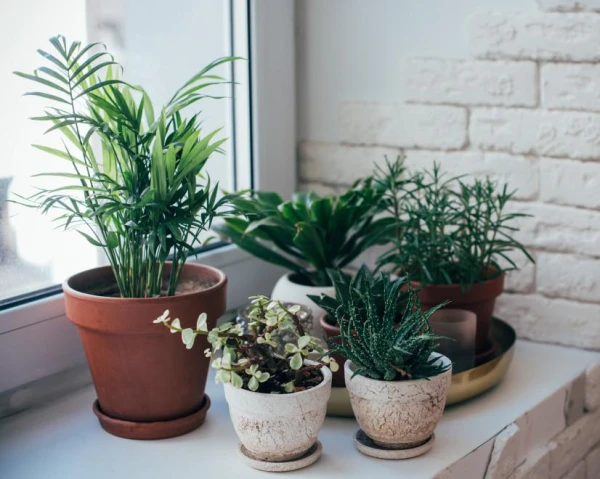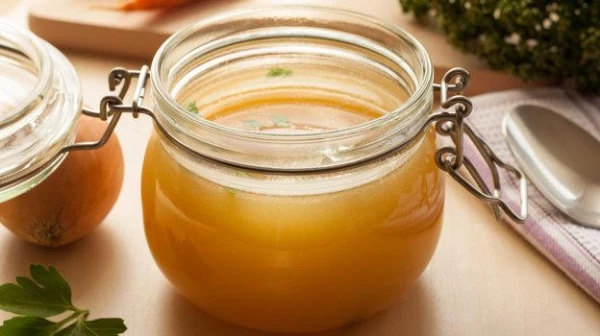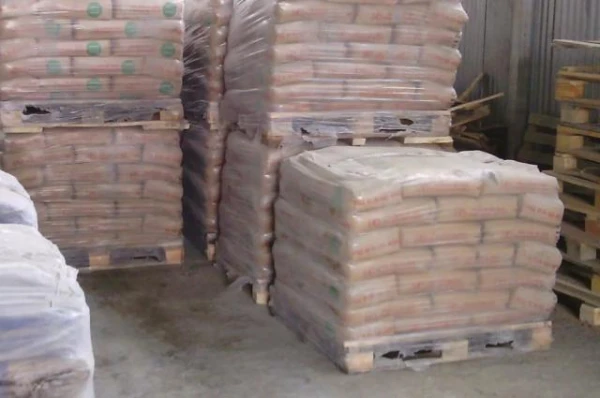
In the cold season, when sunlight becomes less, plants experience a lack of both light and nutrients. This applies not only to garden crops but also to house flowers. We have found several ways that can literally breathe life into your plants and provide them with the necessary feed.
Eggshells
Eggshells are a secret ingredient that promotes the health of your plants. Gardeners use them both in open ground and for composting in home pots. Don’t rush to throw away the shells after breakfast: they will be useful for flowers as they contain important nutrients—potassium and phosphorus. Additionally, fertilizers made from crushed eggshells help reduce soil acidity.
Before use, eggshells should be thoroughly washed, then frozen overnight or briefly held in the oven (at 200 degrees for 20 minutes) and crushed into powder. You can use a mortar and pestle or a coffee grinder for this. Add 1-2 tablespoons of eggshell powder to compost or planting holes.
Although eggshells are beneficial for many plants, tomatoes particularly love them, as they are prone to rot at the end of flowering.
Rice Water
Research confirms that natural rice water is effective in agriculture. And you can easily make it at home!
Rice itself is rich in many substances necessary for good plant growth—nitrogen, phosphorus, potassium, magnesium, zinc, iron, and sulfur. However, when you rinse and cook rice, many of these elements remain in the water. This water, leftover from cooking rice, is perfect for feeding. It not only stimulates growth but also improves soil structure and protects plants from pests.
Water your plants with cooled rice water without adding salt and spices once a month.
Coffee Grounds
Coffee grounds are one of the most popular and simple organic fertilizers that can significantly improve the health of houseplants. Adding it to the soil promotes aeration and improves drainage. By obtaining vital nitrogen from coffee, flowers absorb water and nutrients better.
Keep in mind that grounds retain water, so it should not be used when watering succulents, cacti, and other plants that prefer dry soil.
Here are some important recommendations for fertilizing plants with coffee grounds:
Do not use fresh coffee grounds: brew them first to neutralize acidity. This way, coffee will not harm the plants but will only benefit them.
Filter coffee can be added to the soil along with the bag—just remember to tear it into small pieces.
Avoid coffee grounds with chemical flavorings. Such grounds are not suitable for plants.
Do not pour coffee onto the soil in a thick layer. It is better to mix a little ground coffee with the soil or add it to ready compost.
Banana Fertilizer
Prepare banana water, rich in potassium, calcium, phosphorus, magnesium, and other trace elements, to bring maximum benefit to houseplants. You will only need a banana—and nothing more!
Creating a budget-friendly and effective fertilizer from a banana is very simple: just soak the banana peel in warm water for a few weeks, then use the “brew” for watering plants. An alternative option is to cut the peel into small pieces and boil them in regular water. Before use, let the liquid steep for a couple of days.
Experienced gardeners who have already tried banana water note that it significantly strengthened the stems of plants, even young seedlings, helped retain moisture in the soil for a long time, and repelled insects.
Cucumber Peels
In everyday life, you might not have thought that cucumber peels can be useful not only in cosmetic procedures but also in gardening. First and foremost, cucumber water helps treat plants from various diseases, including pests. For example, vegetables effectively repel gnats and soil mites.
Collect peels from any variety of cucumbers. Place the scraps in a bottle with a wide mouth or in a glass jar, fill it with water, and close the lid. Let the cucumbers steep for five days. Then strain the water, pour it into a spray bottle, and spray the affected plants.















Leave a comment